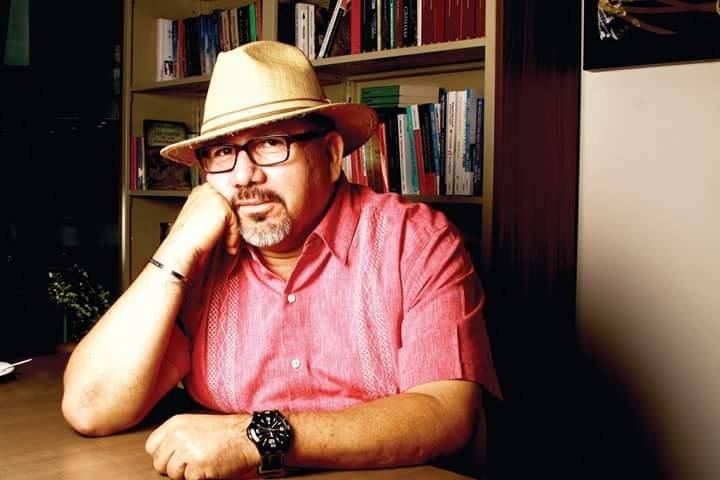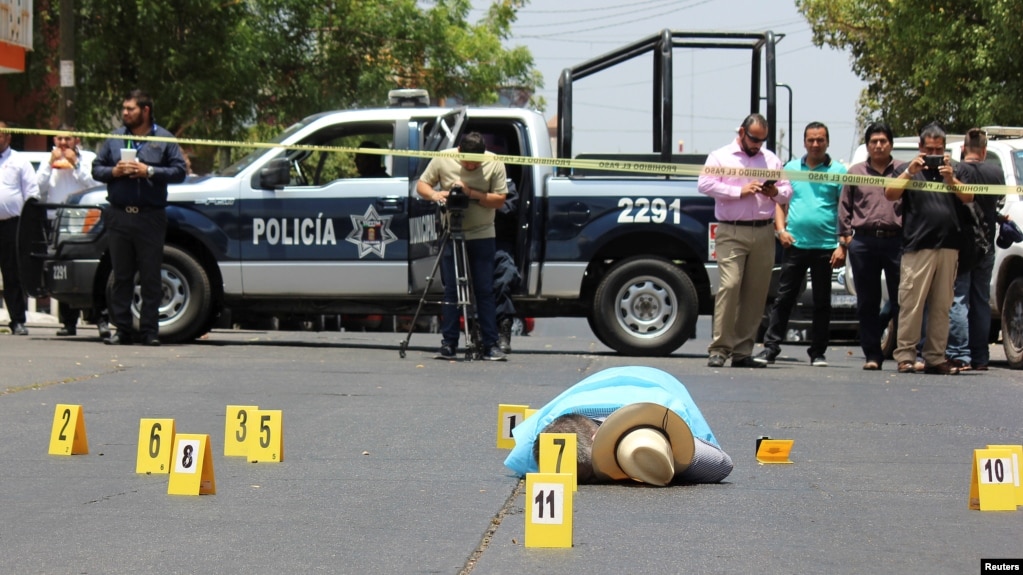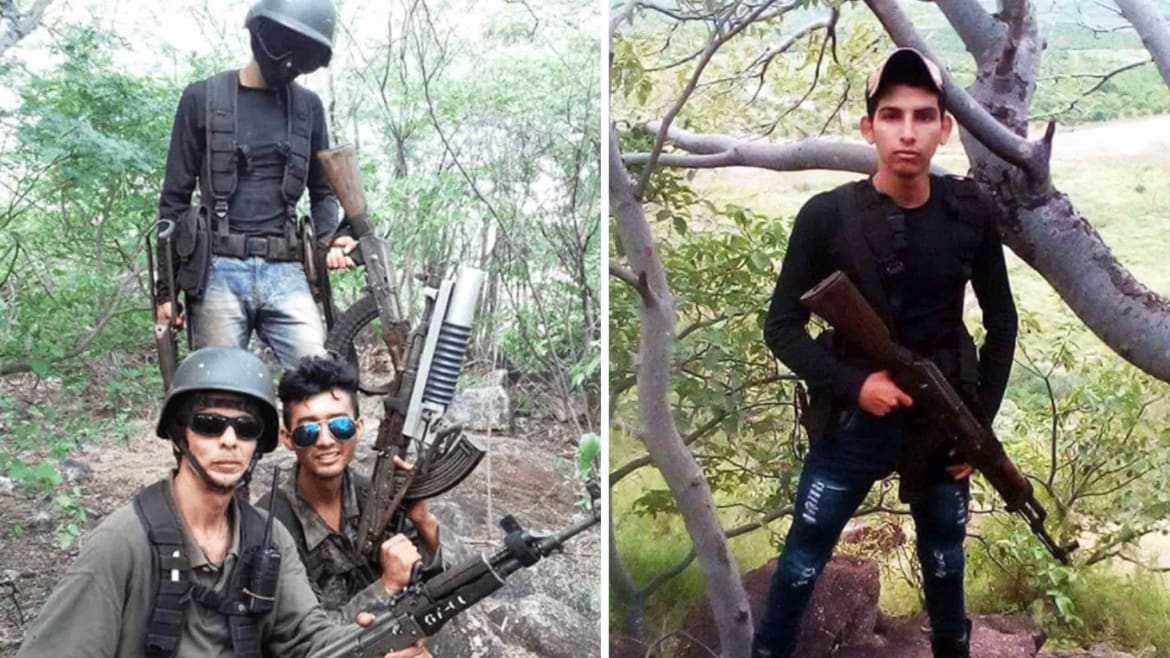ALTAR, Mexico - The police chiefs met in the dusty plaza with a federal official clutching a black bag filled with pesos: $40,000 in government pensions for the senior citizens living in the pueblos of the nearby foothills.
A convoy of seven vehicles rumbled into the plaza, the trucks squeezing between taco and T-shirt vendors who gawked at the 60 or so federal and state police officers toting assault rifles.
The crack squad had captured drug-cartel kingpins and battled gangs from Baja California to Michoacan. On this day they slipped on their ski masks to escort the police chiefs on a mission of mercy to a lost corner of Mexico.
They would be heading deep into the scrublands of the Sonoran Desert, where hundreds of cartel gunmen controlled the pueblos and ambushed intruders on hillside roads that have become blood-spattered shooting galleries.
The convoy was outmanned, outgunned and probably didn't even have the element of surprise. Cartel lookouts - they could be anybody: taxi drivers, store owners, fellow cops - had no doubt already tipped off the organized-crime groups. Cell-phone conversations were routinely intercepted.
"I'm talking here and the mafia is listening," said one commander who, like many police, residents and officials, spoke on condition of anonymity out of security concerns. "They already know we're coming."
The convoy turned past the small church and the local newspaper office, its windows blasted out, and ran every red light and stop sign leaving town.
This is Mexico's hidden drug war.
Ciudad Juarez and other violence-torn urban areas may rack up large body counts and capture headlines and presidential visits. But here in the northern part of the state of Sonora, two of Mexico's strongest drug cartels are waging a battle for scores of human and drug trafficking routes into Arizona that may be just as sinister.Cartel siege in Sonora largely hidden
A convoy of seven vehicles rumbled into the plaza, the trucks squeezing between taco and T-shirt vendors who gawked at the 60 or so federal and state police officers toting assault rifles.
The crack squad had captured drug-cartel kingpins and battled gangs from Baja California to Michoacan. On this day they slipped on their ski masks to escort the police chiefs on a mission of mercy to a lost corner of Mexico.
They would be heading deep into the scrublands of the Sonoran Desert, where hundreds of cartel gunmen controlled the pueblos and ambushed intruders on hillside roads that have become blood-spattered shooting galleries.
The convoy was outmanned, outgunned and probably didn't even have the element of surprise. Cartel lookouts - they could be anybody: taxi drivers, store owners, fellow cops - had no doubt already tipped off the organized-crime groups. Cell-phone conversations were routinely intercepted.
"I'm talking here and the mafia is listening," said one commander who, like many police, residents and officials, spoke on condition of anonymity out of security concerns. "They already know we're coming."
The convoy turned past the small church and the local newspaper office, its windows blasted out, and ran every red light and stop sign leaving town.
This is Mexico's hidden drug war.
Ciudad Juarez and other violence-torn urban areas may rack up large body counts and capture headlines and presidential visits. But here in the northern part of the state of Sonora, two of Mexico's strongest drug cartels are waging a battle for scores of human and drug trafficking routes into Arizona that may be just as sinister.Cartel siege in Sonora largely hidden






